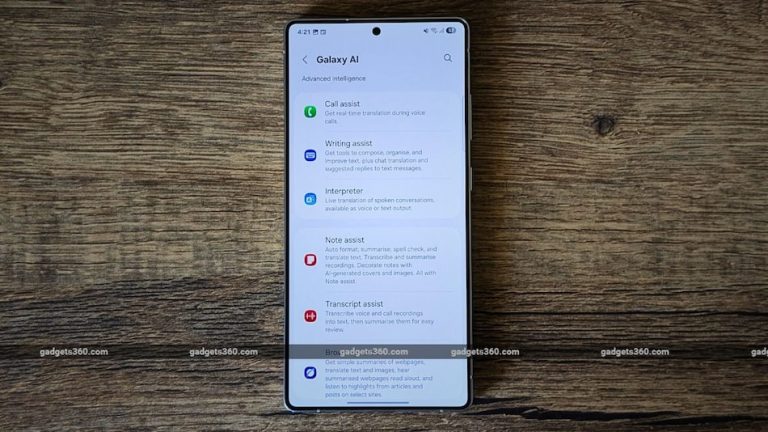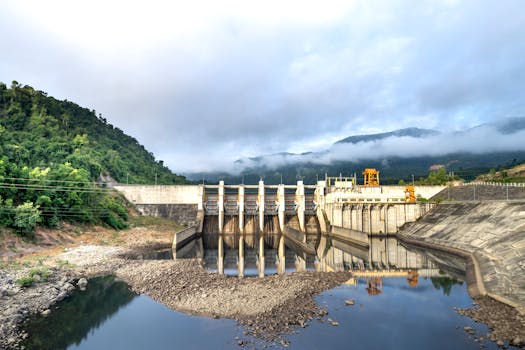
Introduction to Technological Innovations
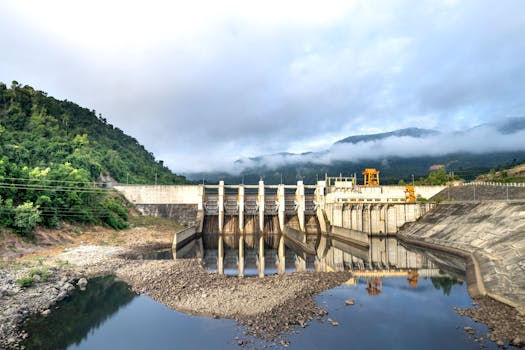
As we edge closer to 2025, technology continues to evolve at a breakneck pace. The innovations being developed today will shape every aspect of our lives, from healthcare and transportation to environmental sustainability and craftsmanship. In this article, we explore several key areas of technological advancement that promise to have a transformative impact in the near future.
Artificial Intelligence and Machine Learning
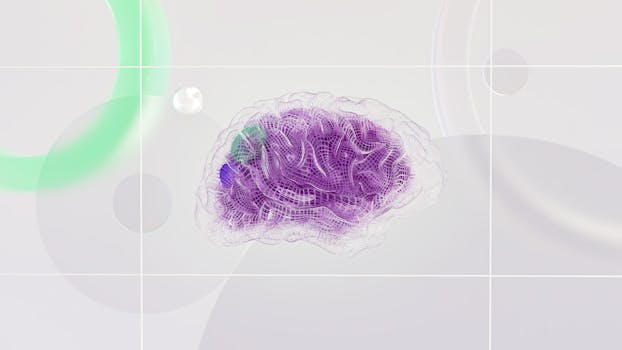
The rise of artificial intelligence (AI) and machine learning (ML) is arguably one of the most significant technological innovations of our time. By 2025, we can expect AI technologies to become even more integrated into our everyday lives. The applications will range from smart personal assistants to highly sophisticated algorithms that determine everything from your shopping preferences to healthcare diagnoses.
ML will play a critical role in predictive analytics across various sectors. For instance, AI-driven tools in healthcare can analyze patient data to predict disease progression and outcome customization, thereby revolutionizing treatment plans. E-commerce platforms will leverage AI to enhance customer experience through personalized recommendations based on browsing history and buying patterns.
The importance of AI ethics and responsible AI innovations will also take center stage as these technologies become ubiquitous. Building algorithms that are transparent and free of bias is essential to ensure fairness in their implementations.
Renewable Energy Technologies

As climate change remains a pressing global concern, a dominant focus within the tech industry is directed towards renewable energy innovations. By 2025, advancements in solar, wind, and energy storage technologies are expected to lead to a new era of sustainability.
Solar industry innovations, such as perovskite solar cells, which boast higher efficiency rates and lower production costs compared to traditional silicon panels, are paving the way for wider adoption of solar energy. Additionally, wind energy, aided by more powerful turbine technologies, is expected to see significant growth.
Moreover, improvements in battery technologies, such as advancements in lithium-sulfur and solid-state batteries, will fuel not only renewable energy storage solutions but also electric vehicle adoption. As electric vehicles become mainstream, infrastructure supporting charged ecosystems, such as public charging stations, will also rapidly expand, facilitating this green transition.
Biotechnology and Healthcare Innovations
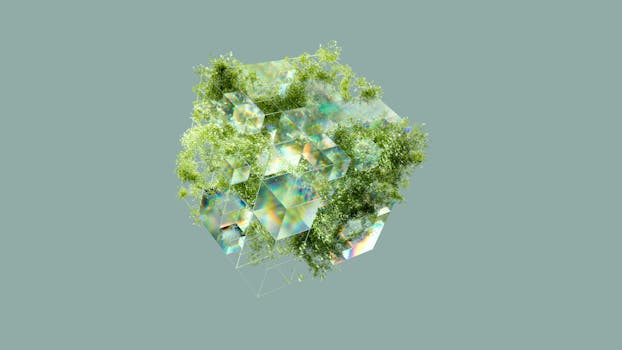
Biotechnology is witnessing an unprecedented surge in innovations that will likely define the future of the healthcare landscape. From CRISPR gene-editing technologies to advancements in personalized medicine, these innovations are set to overhaul how medical treatments are developed and delivered.
The ability to edit genes allows for potential cures to genetic diseases once deemed incurable, opening other humanitarian doors. Personalized medicine will utilize patients’ genetic information, and AI algorithms to tailor medications that are best suited for individual patients based on their genetic makeup.
Telehealth technologies also took a giant leap during the pandemic, and they are anticipated to come to a mature phase by 2025. With convenience driving user adoption, patients will increasingly prefer virtual consultations over in-person visits, which will necessitate innovations in remote monitoring and wearable health tech.
The Future of Connectivity: 5G and IoT
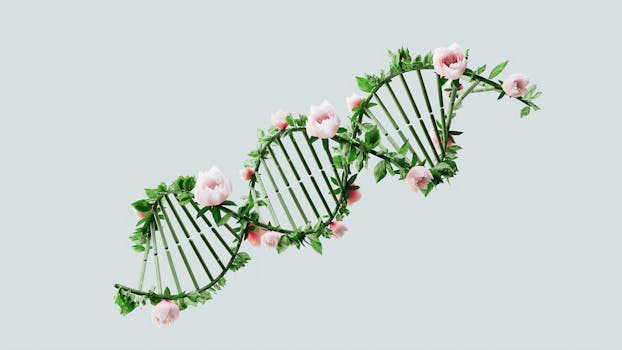
The rollout of 5G technology presents unparalleled opportunities for connectivity improvements, directly impacting the Internet of Things (IoT). By 2025, the infrastructure will have primarily transitioned toward the use of 5G, delivering faster, low-latency connections that enable a smart world—where objects can communicate instantaneously.
This connectivity will revolutionize industry sectors by enabling more efficient operations and seamless integration. For instance, manufacturers will access real-time analytics from machines on production lines, empower logistics through smart vehicles that communicate traffic data, and enhance healthcare through smart devices that track a patient’s vital statistics.
The impacts of an intertwined 5G and IoT ecosystem are significant. However, cybersecurity challenges will need addressing. With interconnected devices, there exists a heightened risk of breaches and accountability loss which necessitates rigorous planning for security-integrate actions every step of the way.
